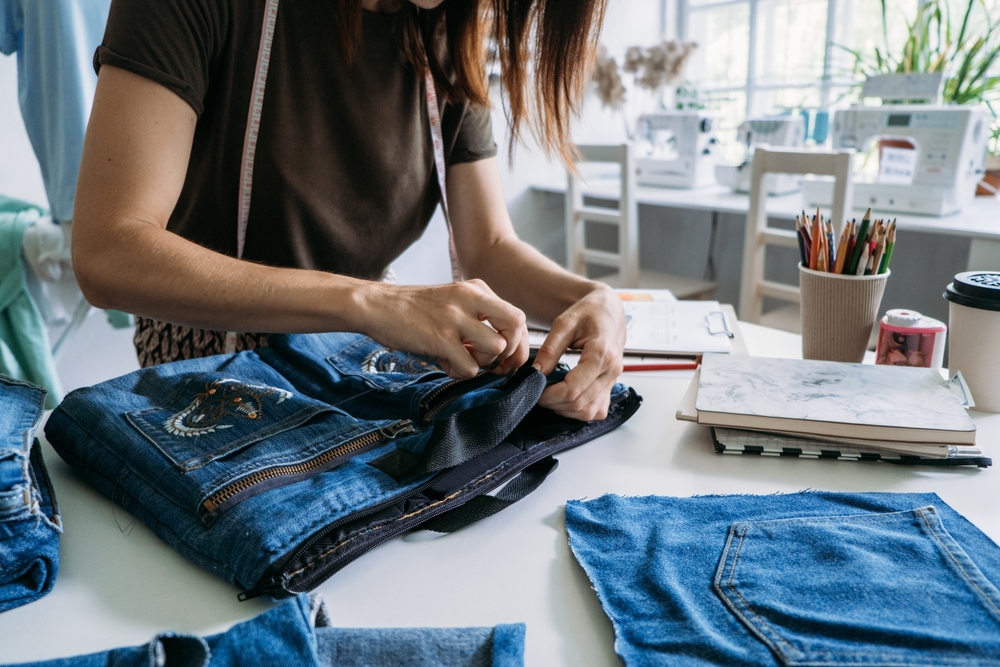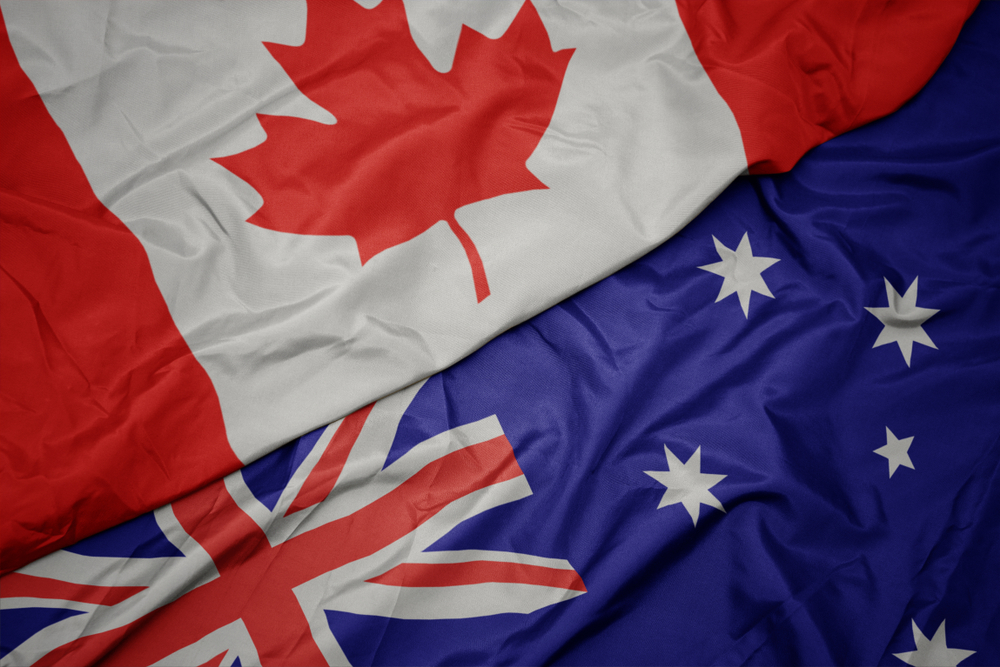Upcycling: A Fashion Emergency for IP Rights?

The Geneva Environment Network has stated that fashion industry is the second-biggest consumer of water and is responsible for 2-8 % of global carbon emissions, with 85% of all textiles go to the dump each year.
With rising sustainability concerns surrounding fast fashion waste and its effect on the environment, there has been increasing popularity in upcycling, a sustainable way to repurpose old garments and materials into new creations. However, it is important to be aware of intellectual property rights as questions concerning potential risks of infringing on trademarks, copyright, or designs begin to arise.
Upcycling involves reusing and modifying existing products, which can range from slightly altering a garment to deconstructing and then reassembling it in a new form. Upcycling is a great way to engage with fashion sustainably, but upcyclers must be wary of their modifications being seen as counterfeit or “dupe” products if they choose to sell upcycled garments.
The legality of the sale of upcycled goods depends on how the item is altered. AJ Park solicitor Rumbie Mutanga has experience working across various types of intellectual property, with her practice areas being commercial and litigation. Fashion is a personal and professional interest, and she is a part of the AJ Park team that leads their fashion thought leadership. She discusses the legalities surrounding upcycling,
“If the upcycling is done by the brand owner or the person who owns the IP, then that is fine. Similarly, if the upcycling is being done by a third party who has been given a license to use the IP, then that also would be fine. Ultimately, it’s an assessment of whether or not what’s being done is authorised by the person who owns the IP,” Mutanga states.
The principle of “exhaustion of rights” allows the resale of genuine products once they’ve been sold by the IP owner, but this doesn’t extend to modified products. If the upcycled item is deemed materially altered or counterfeit, the original brand owner could claim infringement, particularly if the modifications are not authorised or mislead consumers into thinking the item is still affiliated with the original brand.
There are policies coming into place in New Zealand to move towards better sustainable fashion practices, that will protect people from facing IP related legal issues.
Mutanga also discusses the impact the right to repair Amendment Bill will have on consumers. “New Zealand [is] currently considering that bill, which aims to give consumers more options when it comes to things that may impact the environment. And there is a potential that it could affect fashion and fashion brands. So obviously quite a topical thing and I think it will continue to be topical as we grow more and more concerned about the environment.”
The introduction of New Zealand’s Right to Repair Bill may raise IP confidentiality concerns for manufacturers, as they may have to disclose confidential information or trade secrets in diagnosing, maintaining or repairing goods. However, this could be an advantage for consumers who are looking to upcycle their goods.
Upcycling and IP protection depends on clear guidelines and consumer awareness. Designers and consumers must carefully consider whether the upcycled product infringes on IP or misleads others into believing it is an authentic item. As sustainability becomes a more significant consideration in the fashion industry, navigating the legal landscape of upcycling becomes increasingly important.






